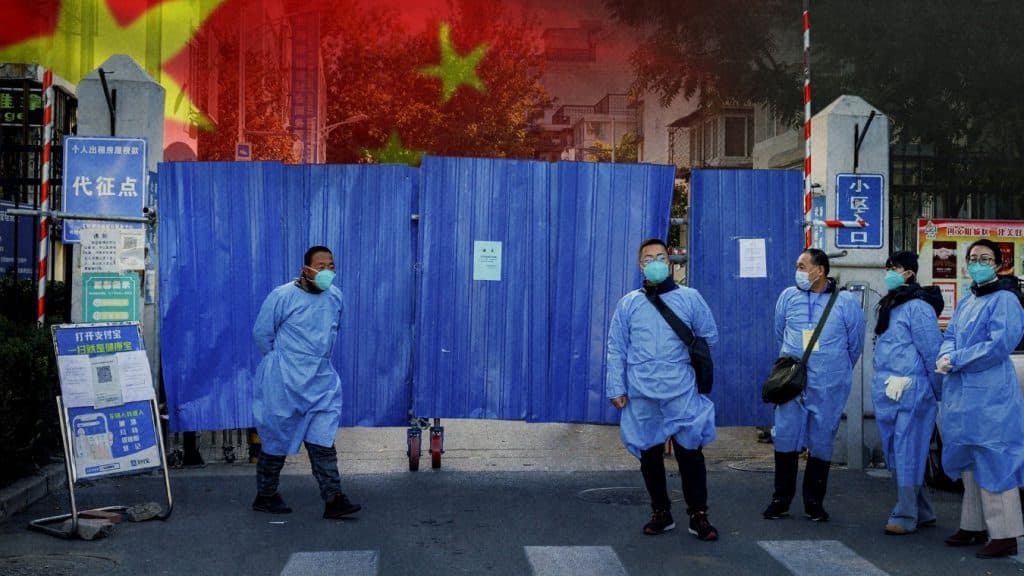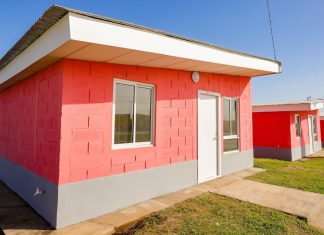
The outbreak is testing China’s attempt to bring a more targeted approach to its COVID policies while facing multiple outbreaks driven by fast-spreading omicron variants.
China’s National Health Commission reported 31,444 COVID-19 infections on Thursday, the highest daily figure recorded since the coronavirus was first detected in Wuhan in late 2019.
While China has an overall vaccination rate of more than 92%, and still operates a zero-tolerance policy, the infection rate is showing no signs of slowing down.
Read more: Shootings against the LGBTQ community
«The number of new infections continues to increase. Since November 1,253,000 cases of infection have been reported nationwide» said Hu Xiang, an inspector for the Department of Infectious Diseases, at the National Bureau of Disease Control and Prevention.
Baiyun district, home to 3.7 million people in Guangzhou, also suspended in-person classes for schools and sealed off universities. The measures are meant to last until Friday, the city announced.
In the industrial city of Zhengzhou, 6.6 million residents have been ordered to stay indoors for 5 days until COVID-19 cases subside.
Beijing this week opened a hospital in an exhibition center and suspended access to Beijing International Studies University after a case was found there.
The capital earlier closed shopping malls and office buildings and suspended access to some apartment compounds.





